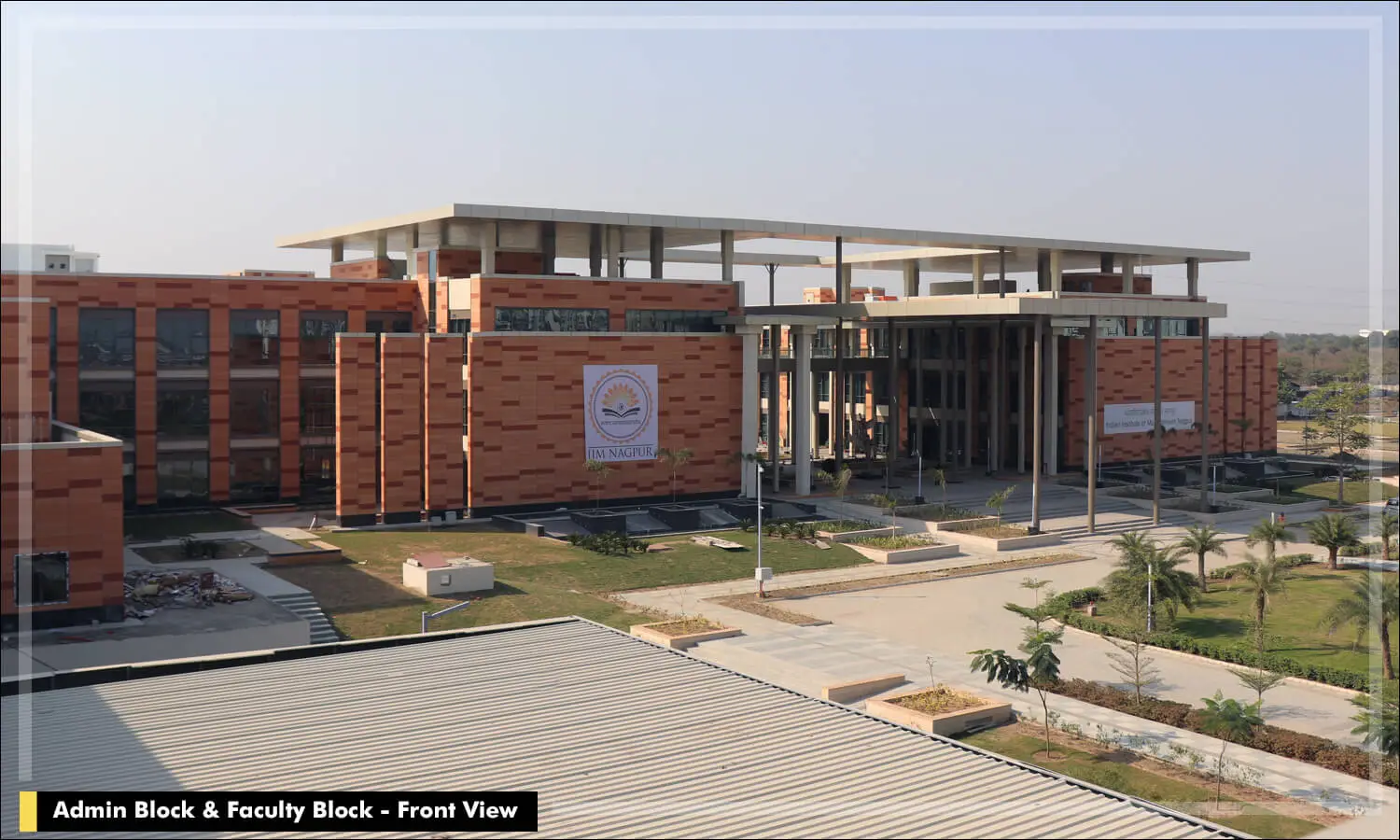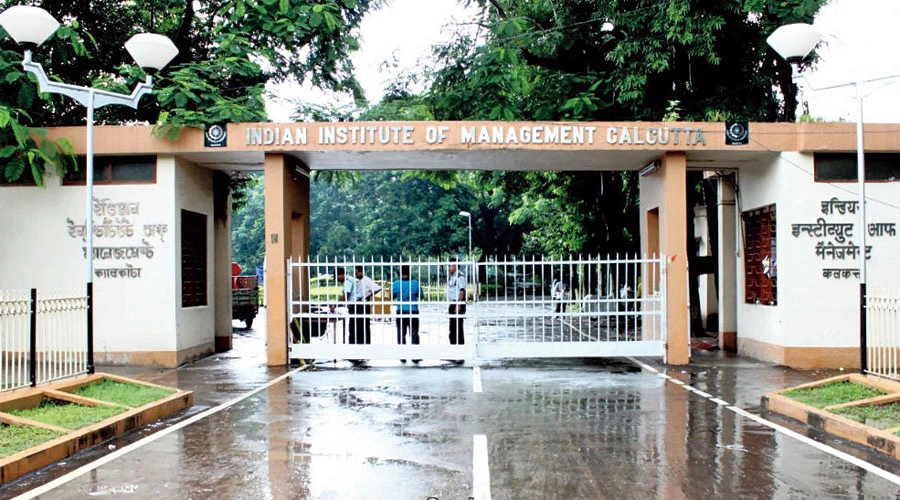CAT Exam VS Bank PO Exam
CAT Exam VS Bank PO Exam – The CAT (Common Admission Test) and Bank PO (Probationary Officer) exams are two prominent competitive assessments in India. CAT is primarily for admission to prestigious MBA programs, testing candidates’ aptitude in various areas, while Bank PO exams assess applicants for managerial positions in banking. Both are highly competitive and require rigorous preparation.
CAT Exam VS Bank PO Exam – Overview
The CAT (Common Admission Test) and Bank PO (Probationary Officer) exams are prominent assessments in India, serving distinct purposes. CAT is a national-level entrance exam for MBA admissions, focusing on aptitude and analytical skills. In contrast, Bank PO exams are conducted by various banks to recruit probationary officers for managerial roles within the banking sector, assessing candidates’ proficiency in multiple subjects. Both exams are highly competitive and play pivotal roles in shaping career trajectories for Indian students.
| Aspect | CAT Exam | Bank PO Exam |
|---|---|---|
| Full Form | Common Admission Test | Probationary Officer Exam |
| Purpose | Admission to MBA programs | Recruitment for managerial roles in banks |
| Conducting Body | Indian Institutes of Management (IIMs) | Various banks and their respective exam bodies |
| Exam Level | National | National (conducted by individual banks) |
| Exam Frequency | Once a year (usually in November) | Conducted throughout the year by different banks |
| Exam Sections | Verbal Ability and Reading Comprehension, Data Interpretation and Logical Reasoning, Quantitative Aptitude | English Language, Quantitative Aptitude, Reasoning, General Awareness, Computer Knowledge (varies by bank) |
| Exam Duration | 2 hours (CAT) | Varies by bank (typically 2-3 hours) |
| Exam Mode | Computer-Based Test (CBT) | Computer-Based Test (CBT) or Paper-Based Test (PBT) depending on the bank |
| Eligibility | Bachelor’s degree in any discipline | Bachelor’s degree in any discipline (varies slightly by bank) |
| Difficulty Level | Extremely high | Moderate to high |
| Admission Process | Shortlisting for Group Discussion (GD), Written Ability Test (WAT), and Personal Interview (PI) based on CAT scores | Selection through written exam followed by interview and group discussion (GD) |
| Job Role | N/A (Admission to MBA programs) | Probationary Officer in a bank with managerial responsibilities |
| Salary Range | N/A (CAT is for education, not employment) | Varies by bank and location, competitive salary with benefits |
| Career Growth Potential | Opens doors to top-tier management roles | Opportunities for career advancement within the banking sector |
| Exam Preparation Time | 6-12 months | 2-6 months (varies by candidate) |
CAT Exam VS Bank PO Exam – Exam Format
The CAT (Common Admission Test) primarily assesses aptitude for MBA admissions, featuring three sections with MCQs and Non-MCQs. In contrast, Bank PO exams, conducted by various banks, evaluate candidates for managerial roles in banking, encompassing multiple-choice questions, and sometimes, descriptive sections.
| Aspect | CAT Exam | Bank PO Exam |
|---|---|---|
| Sections | – Verbal Ability and Reading Comprehension – Data Interpretation and Logical Reasoning – Quantitative Aptitude | – English Language – Quantitative Aptitude – Reasoning Ability – General Awareness – Computer Knowledge (varies by bank) |
| Total Questions | Varies (typically 76-100 questions) | Varies (typically 100-200 questions) |
| Question Types | – Multiple-Choice Questions (MCQs) – Non-MCQs (TITA – Type in the Answer) | – Multiple-Choice Questions (MCQs) – Descriptive/Paper-Based Test (varies by bank) |
| Marking Scheme | – Typically +3 for correct answers to MCQs – Negative marking (-1) for incorrect answers to MCQs – No negative marking for Non-MCQs | – Varies by bank, typically +1 for correct answers to MCQs – Negative marking (-0.25 to -0.50) for incorrect answers to MCQs (varies by bank) |
| Exam Duration | 2 hours | Varies by bank (typically 2-3 hours) |
| Exam Mode | Computer-Based Test (CBT) | Computer-Based Test (CBT) or Paper-Based Test (PBT) depending on the bank |
| Difficulty Level | Extremely high | Moderate to high |
CAT Exam VS Bank PO Exam – Exam Syllabus and Pattern
The CAT (Common Admission Test) primarily assesses candidates for MBA programs through sections focusing on aptitude and analytical skills. In contrast, Bank PO exams, conducted by various banks, evaluate applicants for managerial roles within the banking sector, encompassing subjects like reasoning, quantitative aptitude, and banking knowledge.
CAT Exam VS Bank PO Exam – Exam Pattern
Certainly, here’s a comparison of the exam pattern for the CAT (Common Admission Test) and Bank PO (Probationary Officer) exams in a table format:
| Aspect | CAT Exam | Bank PO Exam |
|---|---|---|
| Exam Sections | – Verbal Ability and Reading Comprehension – Data Interpretation and Logical Reasoning – Quantitative Aptitude | – English Language – Quantitative Aptitude – Reasoning Ability – General Awareness – Computer Knowledge (varies by bank) |
| Total Questions | Varies (typically 76-100 questions) | Varies (typically 100-200 questions) |
| Question Types | – Multiple Choice Questions (MCQs) – Non-MCQs (TITA – Type in the Answer) | – Multiple-Choice Questions (MCQs) – Descriptive/Paper-Based Test (varies by bank) |
| Marking Scheme | – Typically +3 for correct answers to MCQs – Negative marking (-1) for incorrect answers to MCQs – No negative marking for Non-MCQs | – Varies by bank, typically +1 for correct answers to MCQs – Negative marking (-0.25 to -0.50) for incorrect answers to MCQs (varies by bank) |
| Exam Duration | 2 hours | Varies by bank (typically 2-3 hours) |
| Exam Mode | Computer-Based Test (CBT) | Computer-Based Test (CBT) or Paper-Based Test (PBT) depending on the bank |
| Difficulty Level | Extremely high | Moderate to high |
CAT Exam VS Bank PO Exam – Exam Syllabus
Certainly, here’s a comparison of the syllabus for the CAT (Common Admission Test) and Bank PO (Probationary Officer) exams in a table format:
| Aspect | CAT Exam | Bank PO Exam |
|---|---|---|
| Verbal Ability | – Reading Comprehension – Verbal Reasoning – Critical Reasoning – Sentence Correction – Vocabulary | – Reading Comprehension – Grammar – Vocabulary |
| Data Interpretation | – Data Interpretation – Logical Reasoning – Tables – Bar Graphs – Line Charts – Pie Charts – Combination of Graphs – Caselets | – Data Interpretation – Data Sufficiency |
| Quantitative Aptitude | – Number Systems – LCM and HCF – Percentages – Profit and Loss – Interest (Simple and Compound) – Speed, Time, and Distance – Time and Work – Averages – Ratio and Proportion – Quadratic Equations – Linear Equations – Complex Numbers – Probability – Permutation and Combination – Mensuration – Geometry – Functions – Inequalities – Set Theory | – Number Systems – Percentages – Profit and Loss – Interest – Time and Work – Ratio and Proportion – Average – Number Series – Data Interpretation – Simplification – Quadratic Equations |
| Reasoning Ability | – Logical Reasoning – Analytical Reasoning – Data Sufficiency | – Logical Reasoning – Coding-Decoding – Syllogism – Puzzles – Input -Output – Blood Relations – Direction Test |
| General Awareness | N/A (Not included in CAT) | – Banking Awareness – Current Affairs – Static GK (varies by bank) |
| Computer Knowledge | N/A (Not included in CAT) | – Computer Fundamentals (varies by bank) |
CAT Exam VS Bank PO Exam – Exam Fees
Here’s a comparison of the exam fees for the CAT (Common Admission Test) and Bank PO (Probationary Officer) exams in a table format:
| Aspect | CAT Exam | Bank PO Exam |
|---|---|---|
| Exam Fees (General Category) | Approximately INR 2,000 to INR 2,500 | Varies by bank and typically ranges from INR 600 to INR 2,000 |
| Exam Fees (Reserved Category) | Typically lower than the general category fee | Varies by bank and typically lower than the general category fee |
| Mode of Payment | Online payment through credit/debit card or net banking | Online payment through credit/debit card or net banking |
| Additional Charges | Some banks may charge additional fees for specific services, such as requesting a change in exam center or revaluation | Additional charges may apply for services like exam center change, admit card reprint, or revaluation (varies by bank) |
CAT Exam VS Bank PO Exam – Difficulty Level
Here’s a comparison of the difficulty levels for the CAT (Common Admission Test) and Bank PO (Probationary Officer) exams in a table format:
| Aspect | CAT Exam | Bank PO Exam |
|---|---|---|
| Difficulty Level | Extremely High | Moderate to High |
| Verbal Ability | Challenging vocabulary and reading comprehension passages, complex sentence structure | Reasonably challenging language skills, including grammar and vocabulary |
| Data Interpretation | Complex data sets and calculations | Moderate data interpretation with some complexity |
| Quantitative Aptitude | Highly challenging math concepts, requires strong mathematical skills | Math concepts generally up to the secondary school level, but questions can be tricky |
| Reasoning Ability | Advanced logical reasoning and analytical skills, complex puzzles | Reasonably challenging logical reasoning and analytical skills, puzzles can vary in complexity |
| General Awareness | Not tested (CAT is primarily for MBA admissions) | Requires knowledge of banking, current affairs, and general awareness (varies by bank) |
| Computer Knowledge | Not tested (CAT is primarily for MBA admissions) | Requires basic knowledge of computer fundamentals (varies by bank) |
CAT Exam VS Bank PO Exam – Eligibility Criteria
Here’s a comparison of the eligibility criteria for the CAT (Common Admission Test) and Bank PO (Probationary Officer) exams in a table format:
| Aspect | CAT Exam | Bank PO Exam |
|---|---|---|
| Educational Qualification | Bachelor’s degree in any discipline | Bachelor’s degree in any discipline (varies slightly by bank) |
| Minimum Percentage | Typically, no minimum percentage required | Varies by bank; some banks may have a minimum percentage requirement (e.g., 60% or equivalent) |
| Age Limit | No specific age limit | Generally, the age limit ranges from 20 to 30 years (varies by bank and category) |
| Nationality | Indian nationals | Indian nationals |
| Number of Attempts | Unlimited attempts allowed | Typically, multiple attempts are allowed, but the number may vary by bank |
CAT Exam VS Bank PO Exam – Frequently Asked Question
Q1. What is the primary purpose of the CAT exam, and how does it differ from the Bank PO exam?
Ans. The CAT exam is primarily for admission to MBA programs at top business schools, focusing on management education. In contrast, Bank PO exams are conducted to recruit candidates for managerial roles in the banking sector, emphasizing banking and financial knowledge.
Q2. Which exam is considered more competitive, CAT or Bank PO exams?
Ans. The CAT exam is often regarded as more competitive due to its extremely high difficulty level and the limited number of seats in top MBA programs. Bank PO exams are competitive but have a broader candidate base.
Q3. Are there age restrictions for appearing in CAT and Bank PO exams?
Ans. CAT typically does not have an age limit. However, Bank PO exams often have age limits, typically ranging from 20 to 30 years, which can vary by bank.






